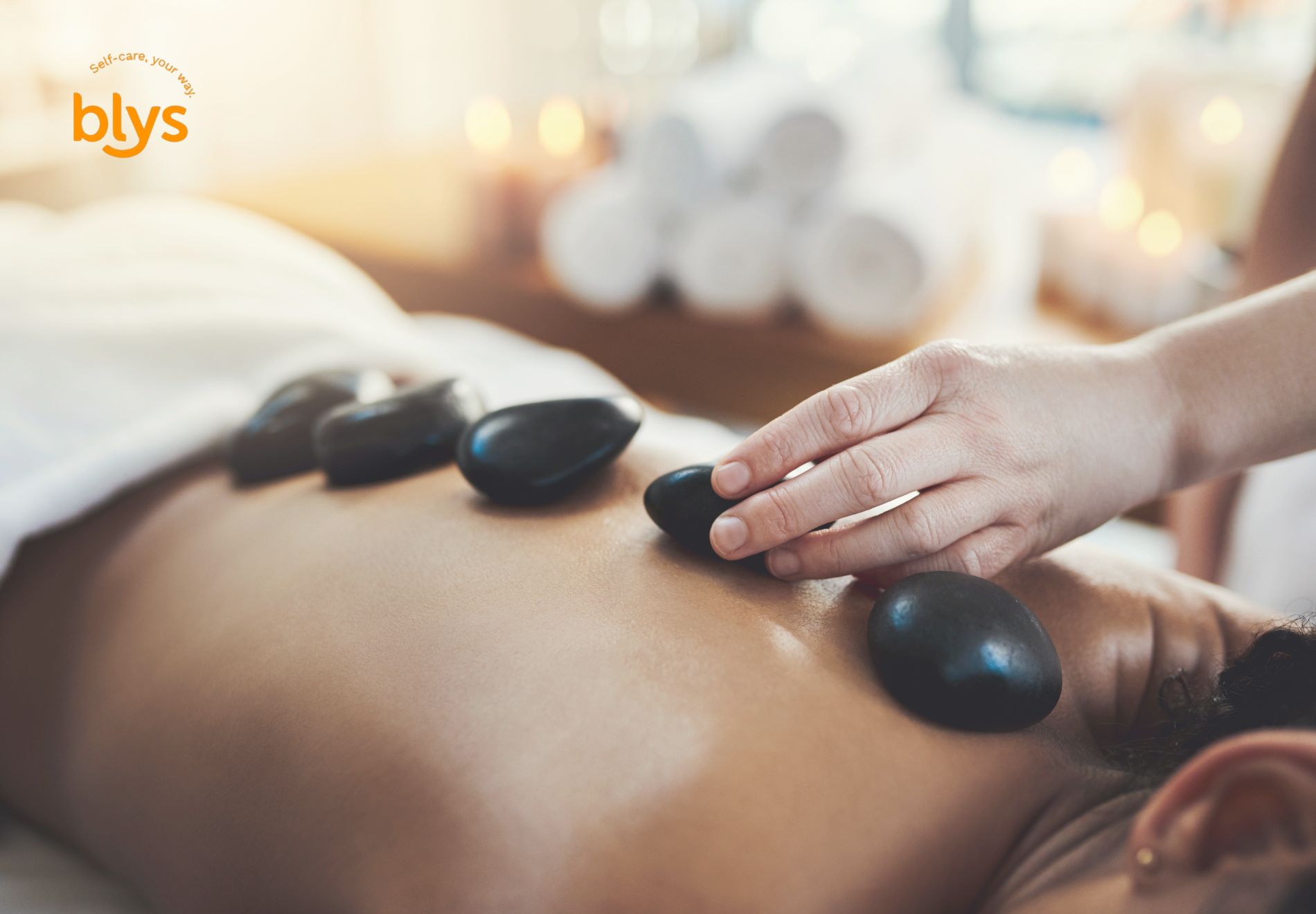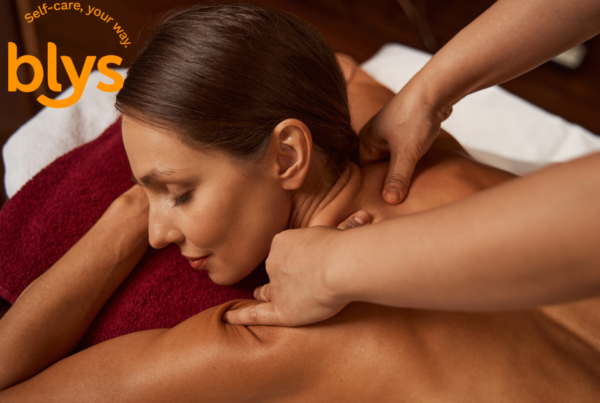
Choosing the Perfect Massage for Your Needs

Choosing the right type of massage can be a transformative experience for both your body and mind. With so many options available, it’s essential to understand your unique needs and preferences to make the best choice. Whether you’re seeking relaxation, pain relief, or improved flexibility, massages can be tailored to address specific goals. By identifying your priorities, you can select a massage style that aligns with your well-being. Consulting with a professional therapist can further refine your decision, ensuring a personalised approach that not only addresses your immediate concerns but also supports long-term wellness and balance, leaving you feeling rejuvenated and restored.
Achieve Your Wellness Goals with the Right Massage
Different massage techniques are designed to address specific goals, whether it’s relaxation, pain relief, or improving flexibility. By identifying your goals, you can select a massage style that best suits your needs. Here are some common goals and the types of massage that match them:
- Relaxation and Stress Relief
If you’re feeling overwhelmed and need to unwind, Swedish and aromatherapy massages are excellent choices. Swedish massage uses long, flowing strokes that help release tension in the body, promoting deep relaxation. Aromatherapy massage enhances the experience by incorporating essential oils, which are known for their calming and mood-lifting properties. Together, these techniques help reduce mental stress, alleviate physical tension, and restore a sense of peace and tranquility to your body and mind.
- Pain Management and Muscle Recovery
For those dealing with chronic pain or muscle stiffness, deep tissue massage and trigger point therapy are ideal options. Deep tissue massage works on the deeper layers of muscle and connective tissue, breaking down adhesions and easing tension in areas affected by long-term strain or injury. Trigger point therapy targets specific tight spots or “knots” in the muscles, helping to release built-up tension and improve mobility. Both techniques are incredibly effective for relieving pain, improving range of motion, and aiding recovery from physical exertion.
- Flexibility and Mobility Improvement
If you’re looking to improve flexibility or recover from an injury, Thai massage and myofascial release are great techniques to consider. Thai massage combines rhythmic pressure with assisted yoga-like stretches, helping to open up the body and improve flexibility. This dynamic, movement-based massage increases mobility and restores energy flow. Myofascial release, on the other hand, focuses on loosening the connective tissue (fascia) around muscles, which can help alleviate stiffness and improve overall flexibility. Both are beneficial for individuals who experience tightness due to a sedentary lifestyle or physical trauma.
- Detoxification and Circulation Boost
Lymphatic drainage massage is a gentle but highly effective technique for detoxifying the body and boosting circulation. It stimulates the lymphatic system, encouraging the natural drainage of lymph, which helps remove toxins and waste products from the body. This massage style is also known for reducing swelling, improving fluid retention, and enhancing the immune system’s function. It’s an excellent choice for individuals who want to improve circulation, reduce bloating, or support overall detoxification.
- Energy Flow and Balance
Acupressure massage focuses on stimulating specific points in the body to restore balance and energy flow. By applying pressure to these points, acupressure helps relieve tension, reduce stress, and promote emotional well-being. It encourages the body’s natural healing processes, improves energy levels, and restores harmony between the mind and body. This holistic approach to wellness can be particularly helpful for reducing anxiety and balancing the body’s internal energy, leaving you feeling refreshed and rejuvenated.
What to Think About When Choosing Your Ideal Massage
Selecting the right massage requires a good understanding of your body, goals, and preferences. Your physical condition, desired outcomes, and comfort level all play a crucial role in determining the ideal technique. Here’s what to consider to help guide your decision-making:
- Your Current Physical Condition
Start by assessing your current physical state. Do you have any injuries, chronic pain, or areas of tension that need extra attention? For example, if you have a lot of muscle stiffness or deep-seated pain, a Deep Tissue massage (typically lasting 60-90 minutes) may be best to target deeper layers of muscle and connective tissue. Book Mobile Deep Tissue Massage
If you have more superficial discomfort or general stress, a Swedish massage (lasting 60 minutes) might be more appropriate as it focuses on relaxation and circulation. Always ensure the massage you choose aligns with your body’s specific needs to avoid exacerbating any existing conditions. Book Mobile Swedish Massage
- Desired Outcome
Identify your primary goal—whether it’s relaxation, pain relief, or improving mobility. For relaxation, Swedish massage or aromatherapy massage (usually 60-90 minutes) offers gentle techniques to reduce stress.
If you’re dealing with persistent pain, deep tissue or trigger point therapy (lasting 60-90 minutes) will focus on addressing chronic muscle tension and improving flexibility.
For enhancing mobility, Thai massage (usually 60-120 minutes) or myofascial release (typically 60-75 minutes) would be ideal as they focus on stretching and improving flexibility. Book Mobile Thai Massage
- Lifestyle and Activity Level
Your activity level plays a key role in choosing the right technique. If you’re highly active, sports massage (typically 60-90 minutes) or deep tissue massage can help relieve muscle soreness, promote recovery, and prevent injury by focusing on specific muscle groups.
If you lead a more sedentary lifestyle or are recovering from illness, Swedish massage or lymphatic drainage massage (usually 60-75 minutes) may be better suited as they promote circulation, detoxification, and overall relaxation.
- Your Comfort Level
Choose a massage style based on your comfort with touch, pressure, and stretching. If you’re not comfortable with deep pressure or intense stretching, a Swedish massage with lighter pressure will be more suitable.
Conversely, if you’re comfortable with firmer pressure and more targeted therapy, deep tissue or trigger point therapy will offer deeper relief. The therapist will often adjust the pressure and techniques based on your feedback during the session, so communication is key to ensuring a relaxing and effective experience.
Each type of massage varies in technique, pressure level, and session duration. Swedish massage, for example, uses gentle strokes for relaxation and typically lasts 60 minutes. Deep tissue massage and sports massage, on the other hand, focus on deeper muscle layers and can last 60-90 minutes. It’s important to choose a massage style that fits both your body’s needs and your preferred level of intensity.
How to Prepare for Your Massage
Proper preparation not only enhances the effectiveness of your massage but also ensures a smoother, more comfortable experience. A few simple steps before and after your session can maximise its benefits and help promote a quicker recovery.
Before Your Massage
- Stay Hydrated
Hydrating before your massage is essential. Drinking plenty of water helps ensure optimal circulation during the session and supports muscle recovery and toxin removal. Staying hydrated will allow your muscles to relax more effectively, ensuring you get the most out of your session.
- Wear Comfortable Clothing
Opt for loose, easy-to-remove attire. This will make it easier to transition into your session without discomfort, and you’ll feel more relaxed as you settle in. Avoid tight clothing that could restrict movement or cause discomfort during your massage.
- Communicate Preferences
Be sure to share your goals, preferred pressure level, and any areas of tension or discomfort with your therapist. Whether you need gentle relaxation or deeper pressure, open communication ensures the experience is tailored to your needs and helps target any specific concerns you may have.
Aftercare Tips
- Drink Water
After your massage, it’s crucial to stay hydrated. Drinking water helps flush out toxins released during the session and supports muscle recovery. It also helps prevent soreness and encourages your muscles to heal faster. - Rest
Allow your body to fully recover by avoiding strenuous activities right after the massage. Resting gives your muscles the time they need to absorb the benefits of the session and continue to relax. - Follow Recommendations
Your therapist may provide specific aftercare advice, such as stretching tips, posture adjustments, or recommendations for follow-up sessions. Following these suggestions will help prolong the results of your massage and ensure you maintain a feeling of well-being after your session.
Related Read – How often should you get a massage?
Mobile Massage Makes Wellness Effortless and Convenient.
Mobile massage services bring a seamless way to prioritise your wellness without stepping out of your home. With personalised care and flexible scheduling, mobile massages cater to your specific needs, making relaxation and recovery more accessible than ever.
Why Mobile Massage Is Ideal for Personalisation
Mobile massage offers an experience tailored to you, all within the comfort of your own space. By removing the need to travel, you can truly focus on your well-being and enjoy a stress-free, relaxing environment. Whether it’s a soothing session after a long day or a targeted therapy session, a mobile massage ensures you get the personalised care you deserve.
Blys Mobile Massage: The Best Choice
With Blys, you can book a session with experienced therapists who come to you, whether you’re at home, at the office, or even in your hotel room. Each session is customised to meet your specific needs, ensuring you get the most out of your time. Experience the ultimate in convenience and relaxation with Blys mobile massage services—wherever you are, whenever you need it.
Customer Stories: Finding the Perfect Massage with Blys
Many of our clients have found their ideal massage style through Blys mobile services. From relieving muscle tension to simply unwinding after a hectic week, their personalised sessions have helped improve overall well-being. The convenience of having a skilled therapist come to them has made self-care easier, and their positive feedback underscores the effectiveness and comfort of our tailored approach.
Got Questions? We’ve Got Answers About Your Perfect Massage
Choosing the right massage doesn’t have to be complicated. Here are some quick answers to help you find the perfect fit for your needs.
1. How do I know what type of massage is right for me?
Your ideal massage depends on what you need. If you’re looking to unwind and relieve stress, Swedish massage is a great option. For deep-seated tension, chronic pain, or muscle stiffness, deep tissue massage might be what you need. But don’t worry—you’re not alone in this process. Consulting a professional therapist is a great way to get personalised advice that aligns with your goals and ensures the massage is tailored specifically to your body’s needs.
2. Can I combine different types of massage?
Absolutely! Many therapists offer customised sessions where you can combine techniques like Swedish for relaxation and deep tissue for targeted pain relief. This way, you can address multiple needs in one go—whether it’s releasing muscle tension or simply calming your mind. Just make sure to share your preferences with your therapist, and they’ll work with you to design the session that’s perfect for you.
3. Are there any risks to certain massage types?
Massage is generally safe, but just like any therapy, it’s important to make sure you’re choosing the right type for your body. Some techniques, such as deep tissue or sports massage, might not be ideal if you have certain conditions like severe injuries, infections, or blood clots. Always inform your therapist about any medical issues you’re dealing with so they can customise the session safely for you. If you’re ever unsure, don’t hesitate to consult your doctor before booking a massage.





